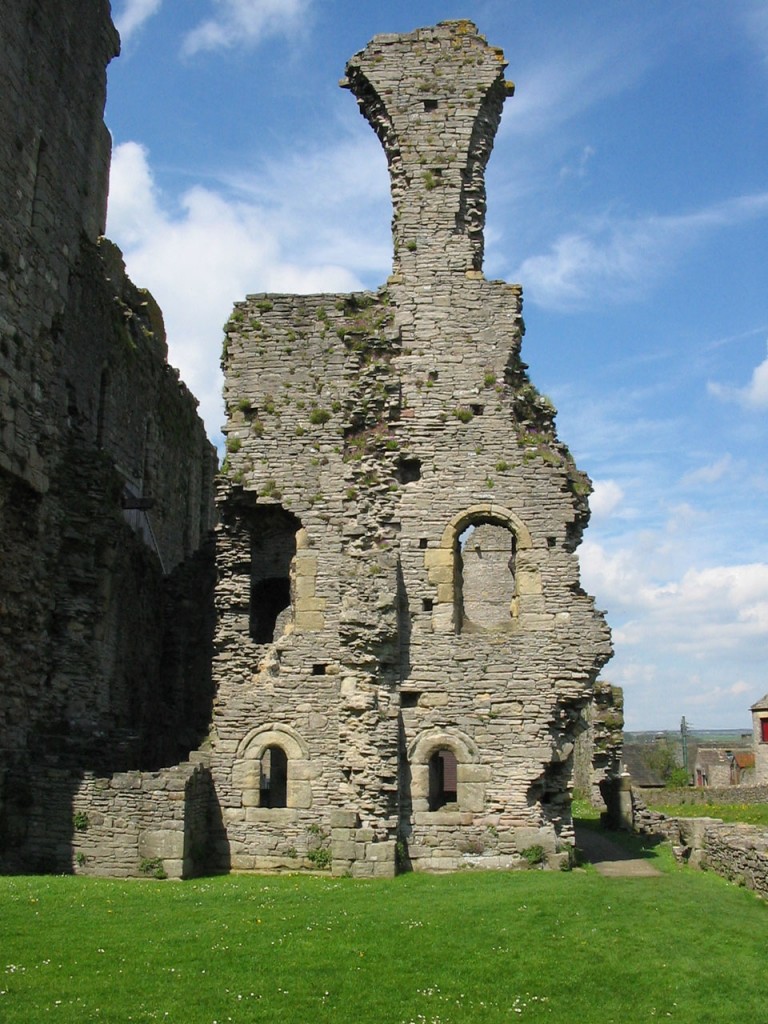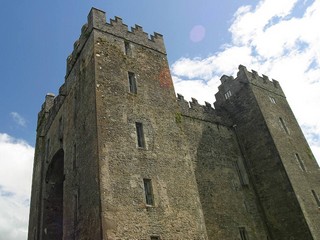Play this Kahoot to revise your knowledge of the Norman Conquest:
Preview version (alone) | Class version (with a screen and friends) | Create a Kahoot account here

Aftermath of the Battle of Hastings – Castles and Crackdowns

After his defeat of the Saxon army at the Battle of Hastings, William the Conqueror had to overcome the rest of the population. He was by all accounts ruthless in doing so. His main methods were:
 Building castles at high points and in strategic parts of the country and giving his Norman nobles parts of the country to control, with these castles as their strongholds;
Building castles at high points and in strategic parts of the country and giving his Norman nobles parts of the country to control, with these castles as their strongholds;
 Viciously killing any members of the native population who rebelled or tried to resist him;
Viciously killing any members of the native population who rebelled or tried to resist him;
 Eventually sending around investigators to write down who lived where, what they owned and what they should pay in tax. You see, William used the pen as well as the sword to subjugate the people he had conquered.
Eventually sending around investigators to write down who lived where, what they owned and what they should pay in tax. You see, William used the pen as well as the sword to subjugate the people he had conquered.

Create a Word file titled: Castles and Crackdowns
1. Read the account of Norman castle building at the Britannia site below. You will need to scroll down to the heading: “The Norman Conquest and the First Castles”.
http://www.britannia.com/history/david1.html
(a) Explain what each part of these early castles was, ie. the motte, the bailey, the wooden tower or keep, etc.
(b) What was the advantage of this type of castle?
2. Find a picture of a motte and bailey castle and place it in your document. Label the keep, the motte and the bailey, using autoshapes for arrows. Here’s one to show you what I mean:
http://www.castlewales.com/motte.html
Stone castles were of course much harder to attack and sieges were more likely to fail than to succeed. These pictures will show you why.


Photo courtesy of PDPhoto.org – Bunratty Castle on the far left – photo in the public domain
3. What was the “Harrying of the North” and what does it show about the character of William the Conqueror?
4. Cycle through the Quizlet below. Go to the full screen version at this link.
Make sure that you know and can spell all of the words about sieges and castles. On Thursday we shall be watching a film about sieges during the Hundred Years’ War. This Quizlet will introduce you to some of the specific vocabulary – if you haven’t already learned it by playing computer games.
Incidentally, Quizlets are a great way to learn foreign or specialised vocabulary, e.g. definitions in Science. If you are 13 or more, you can create your own account.
